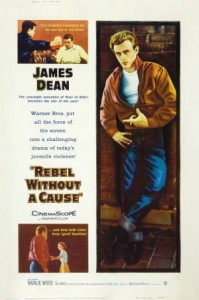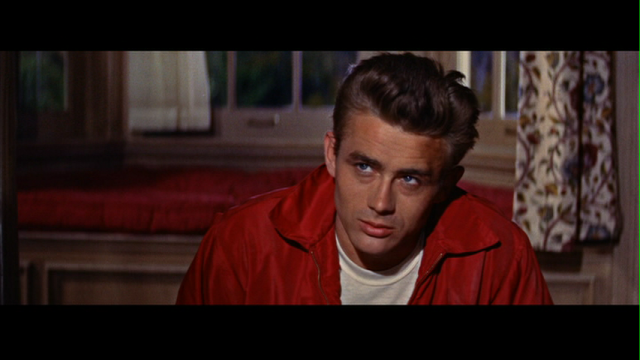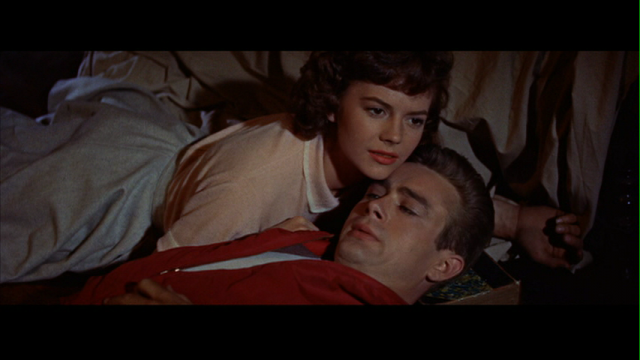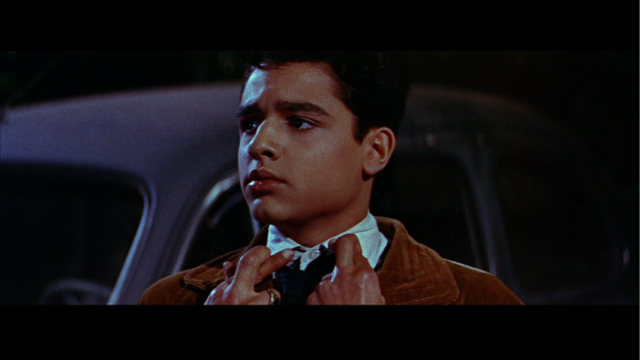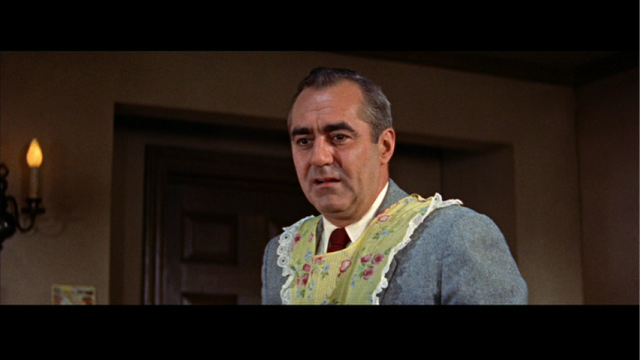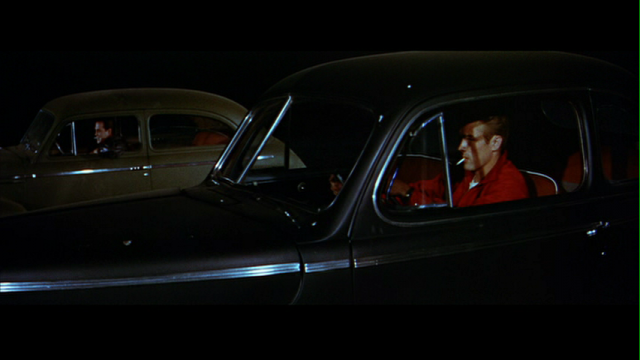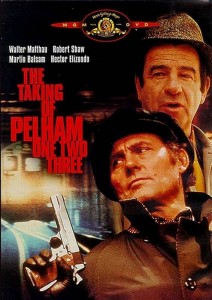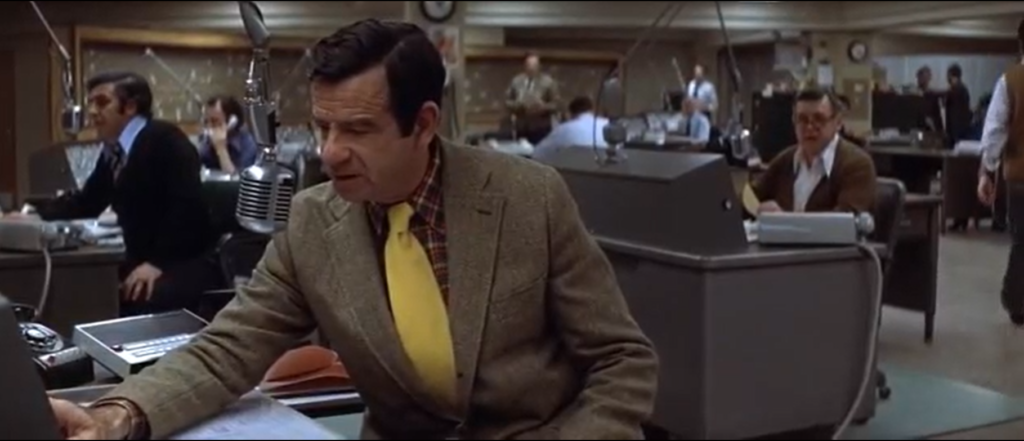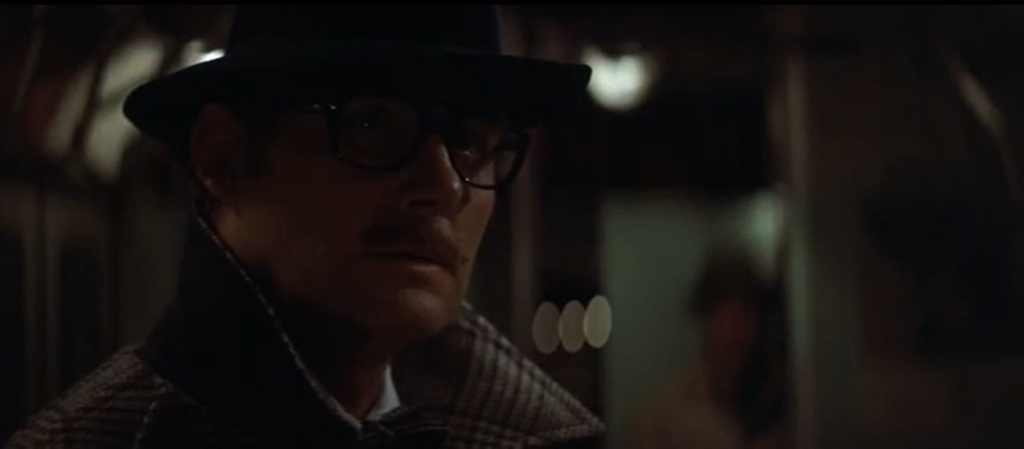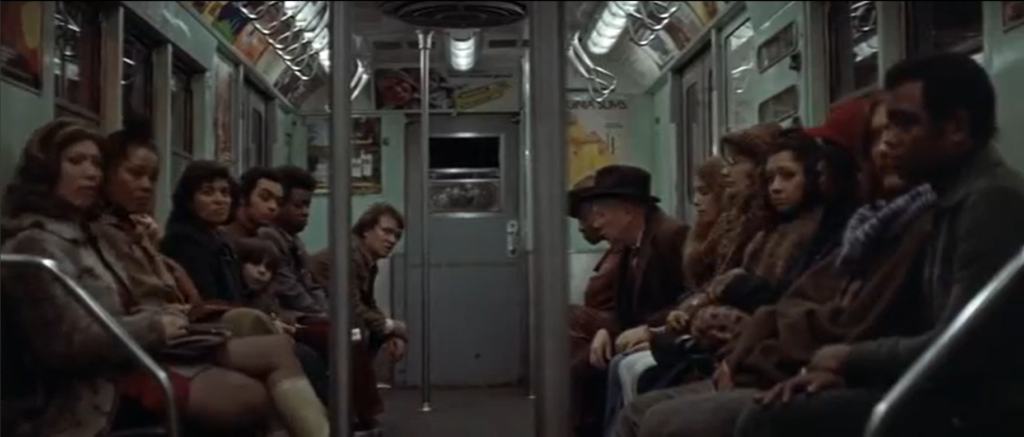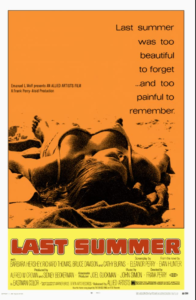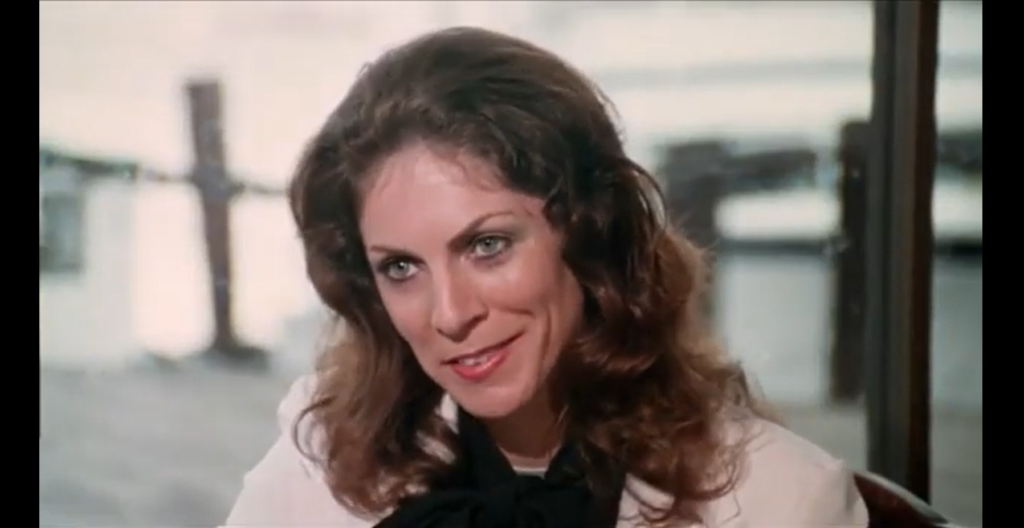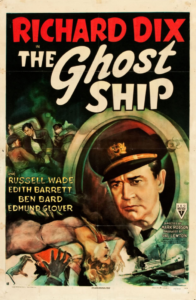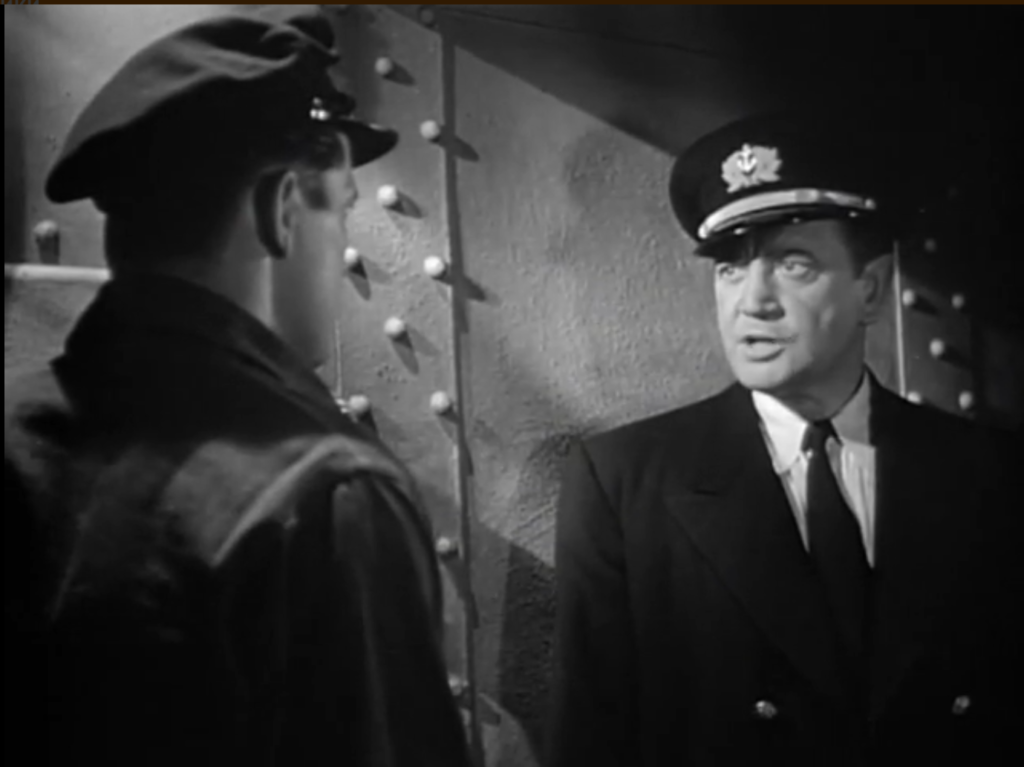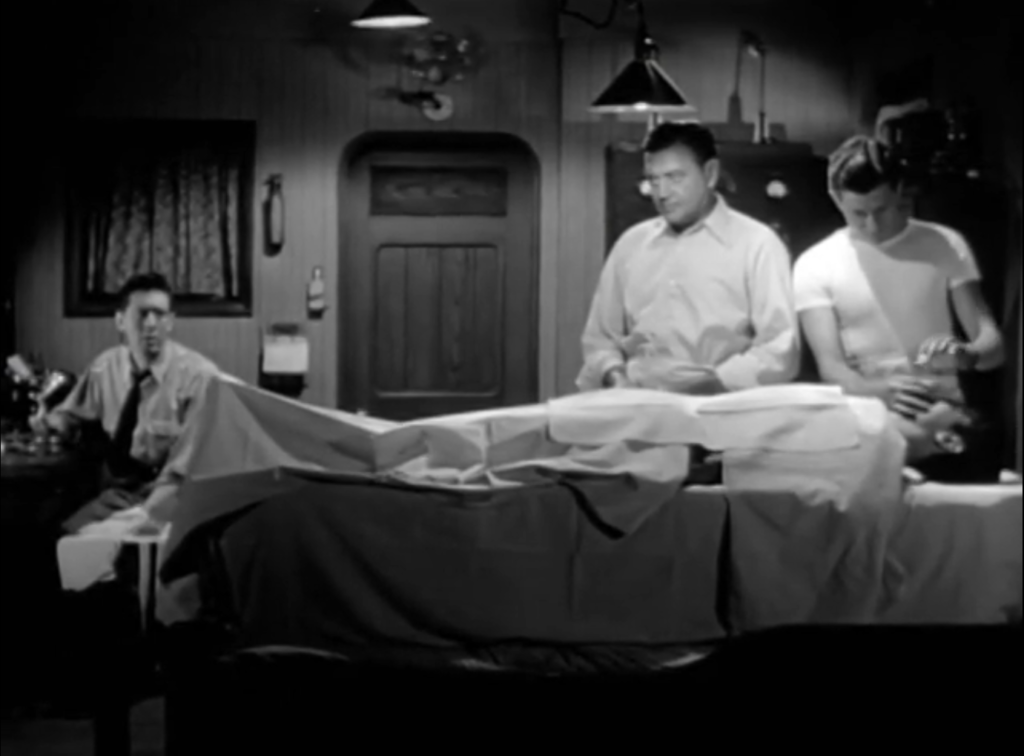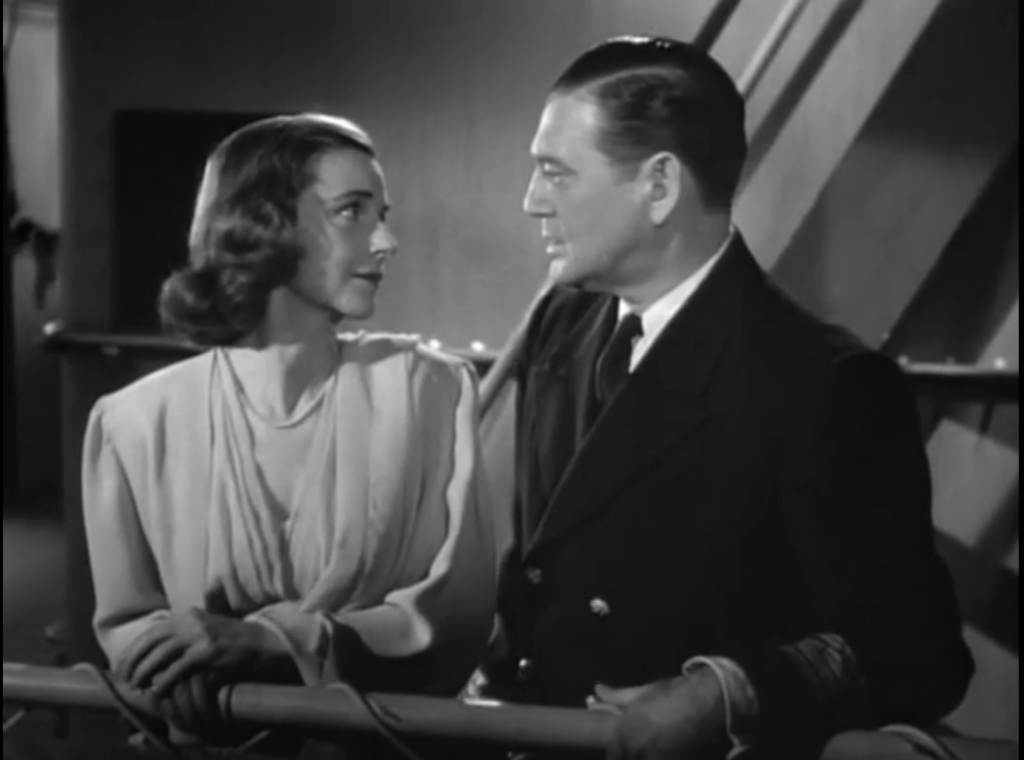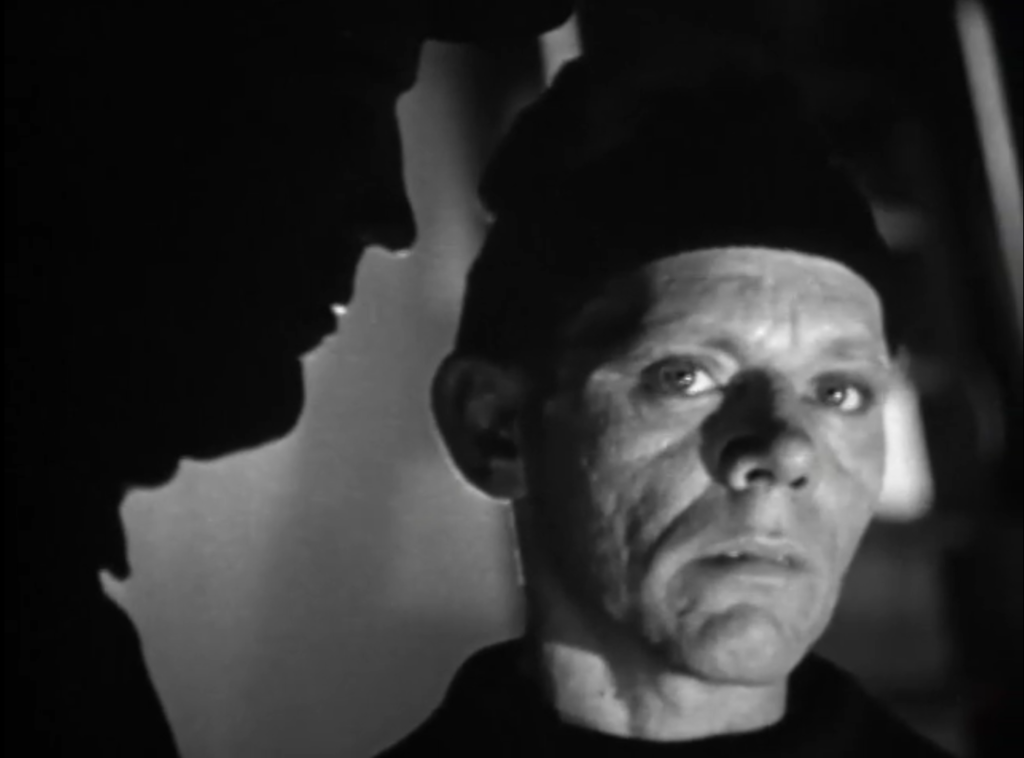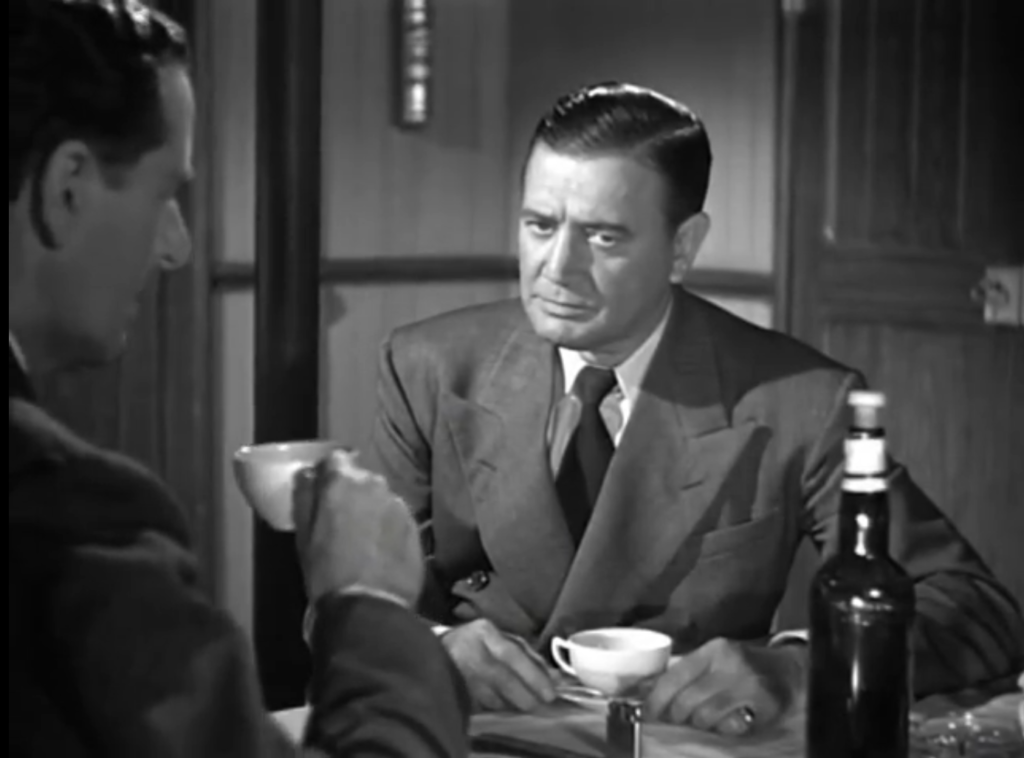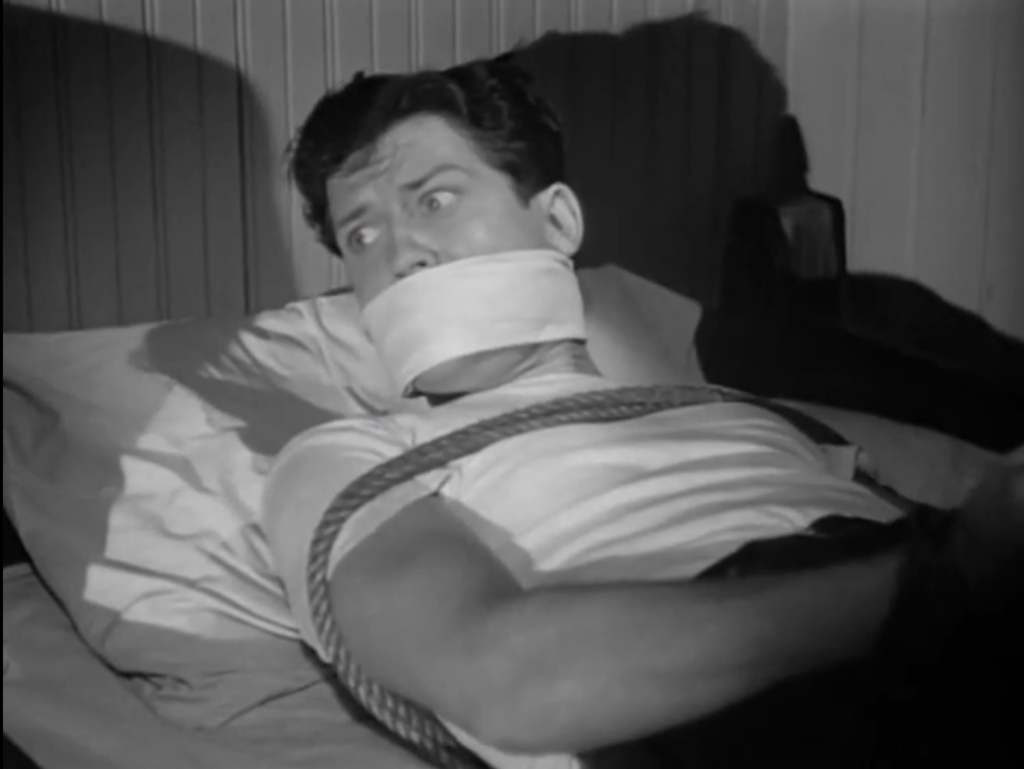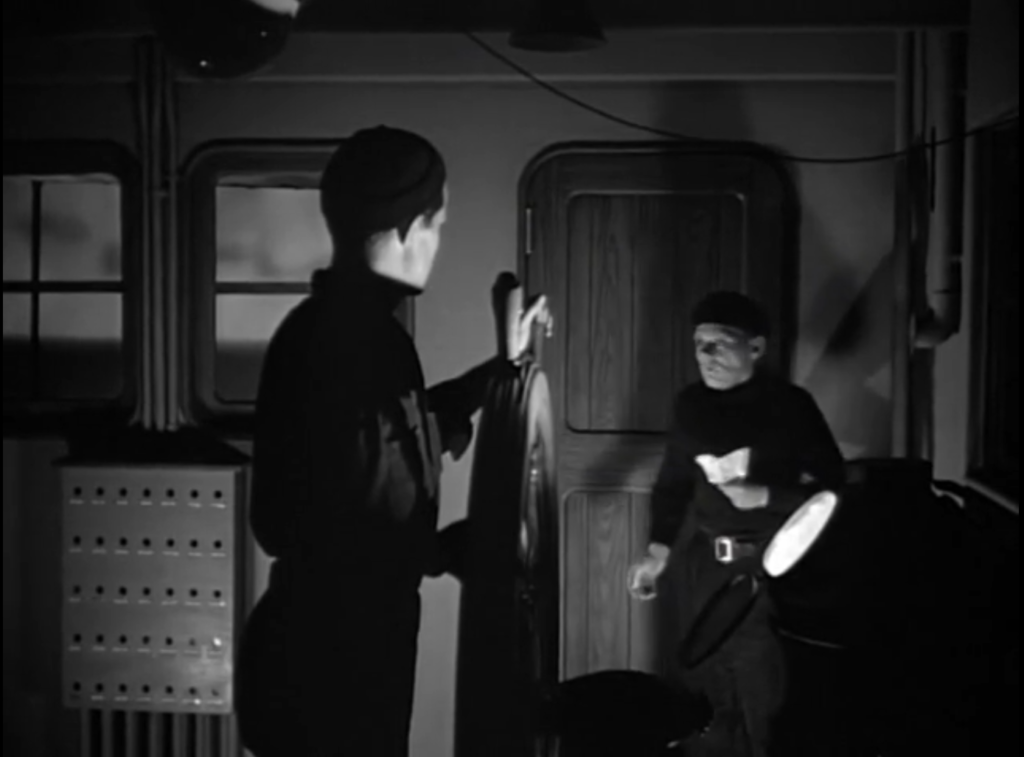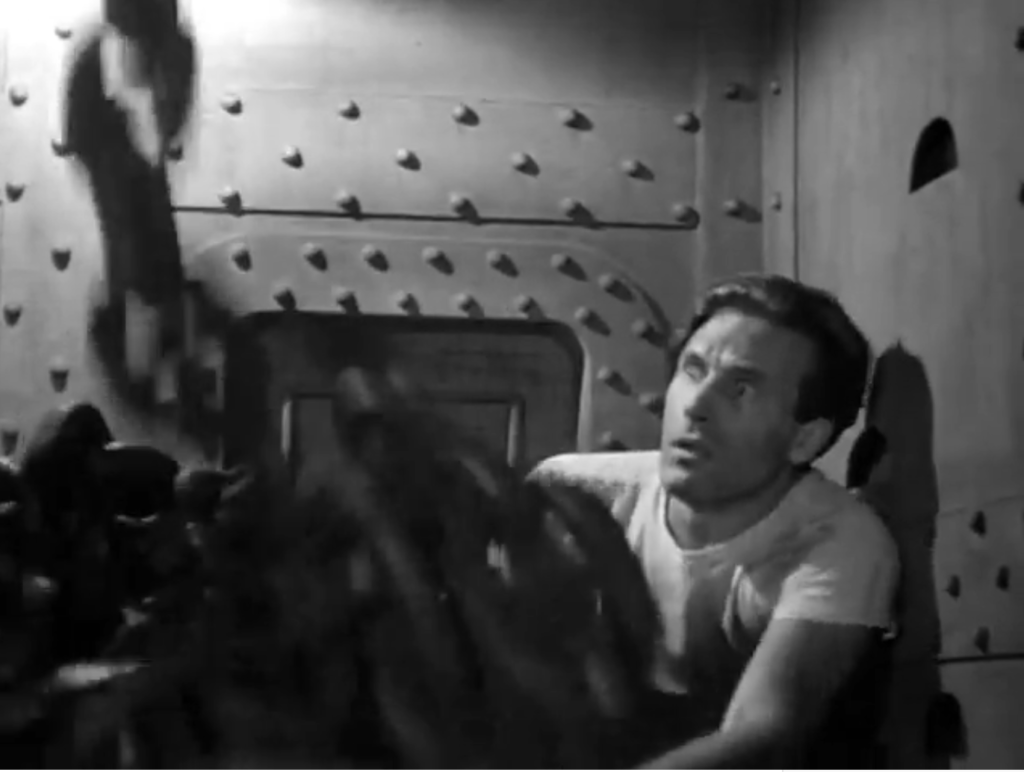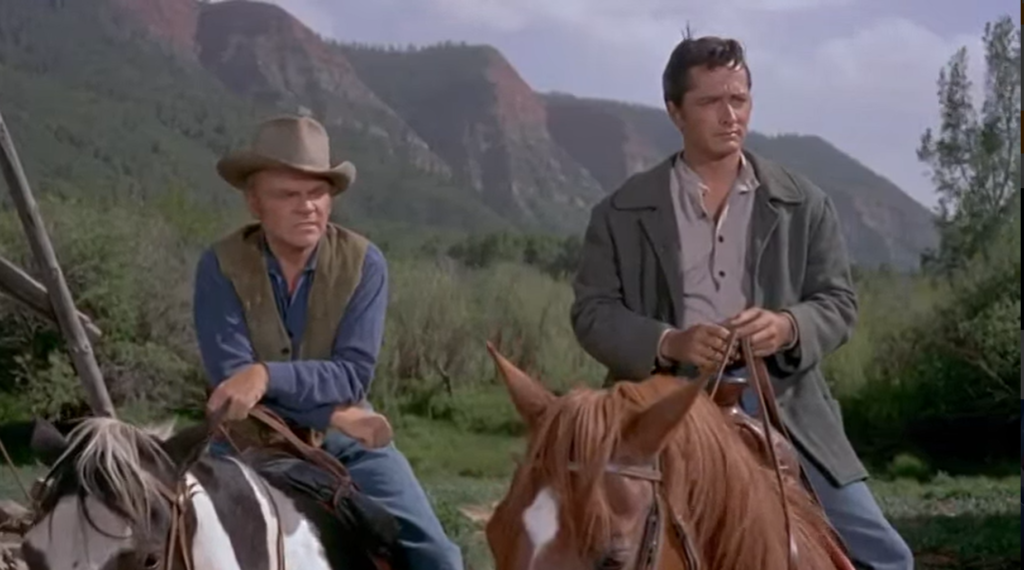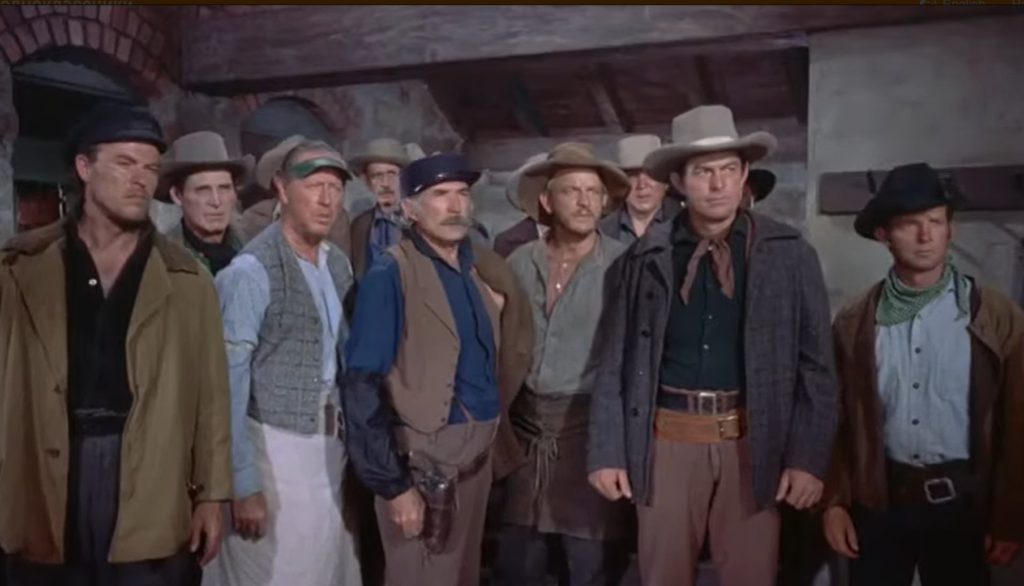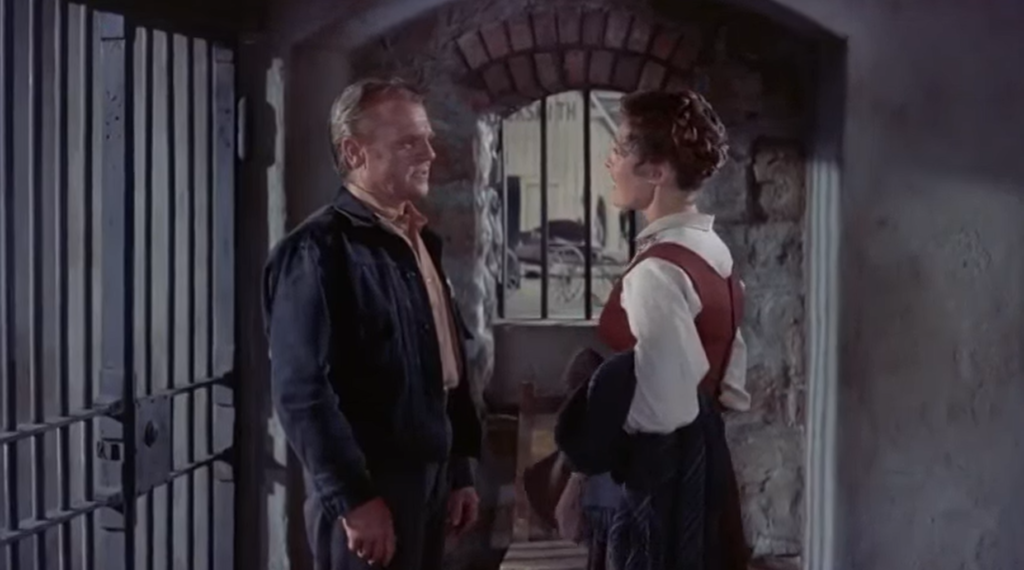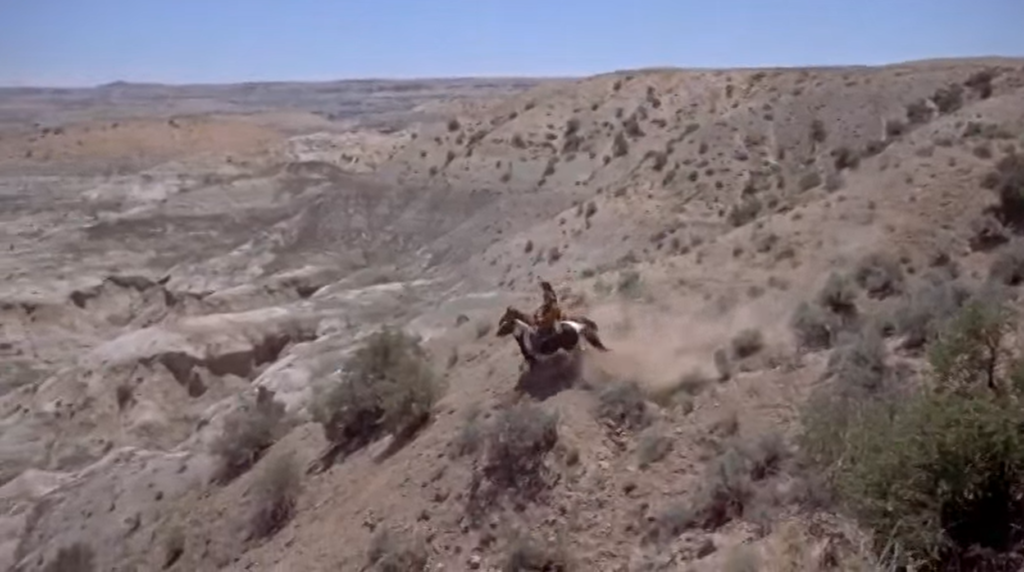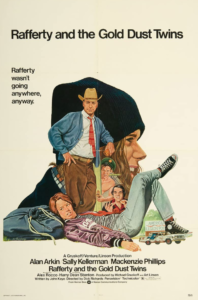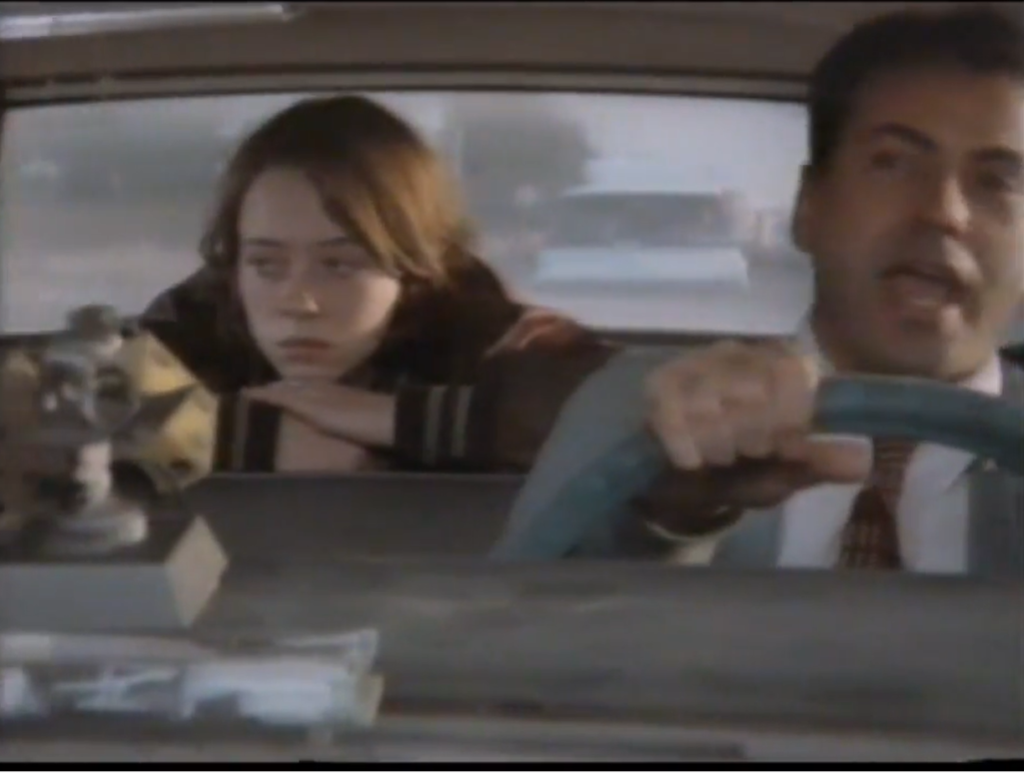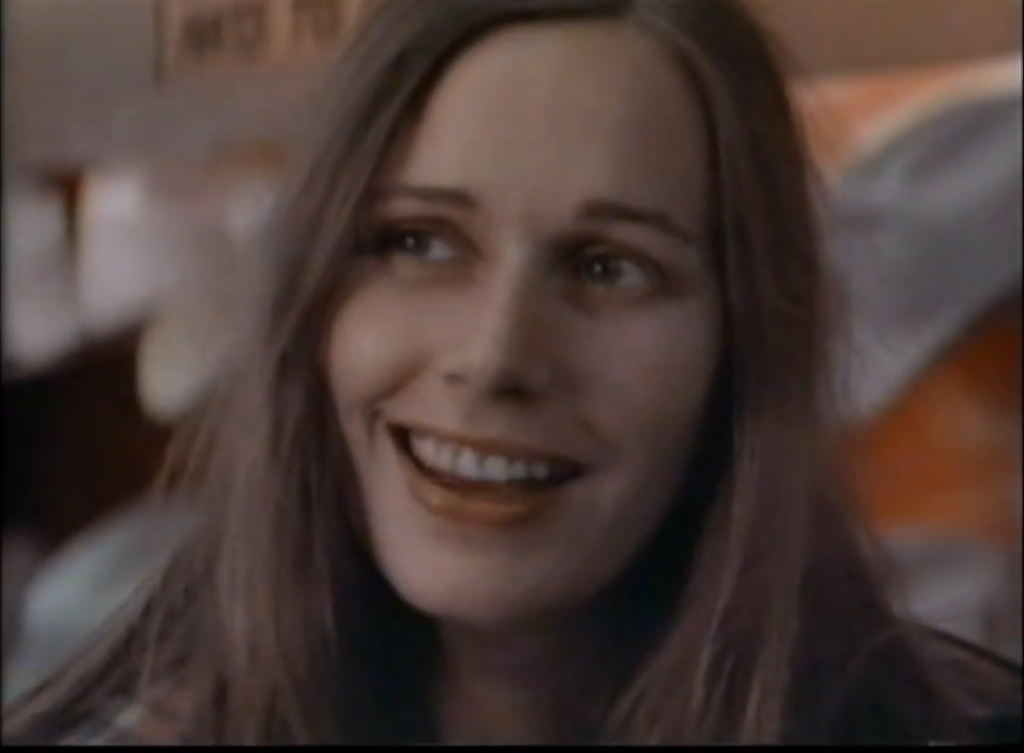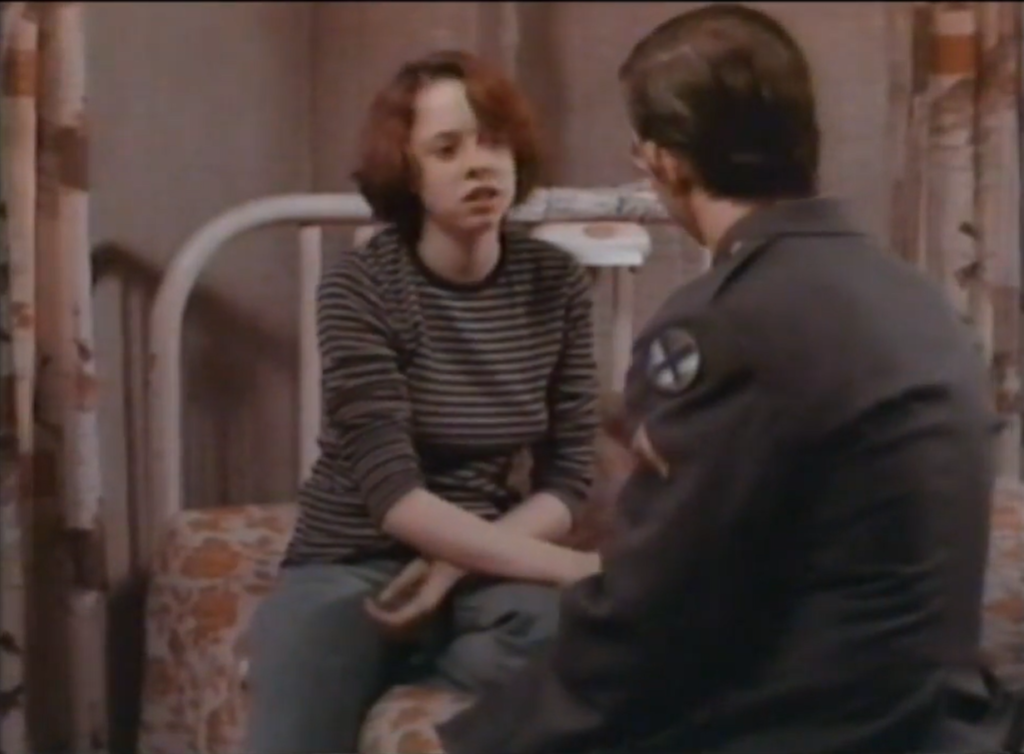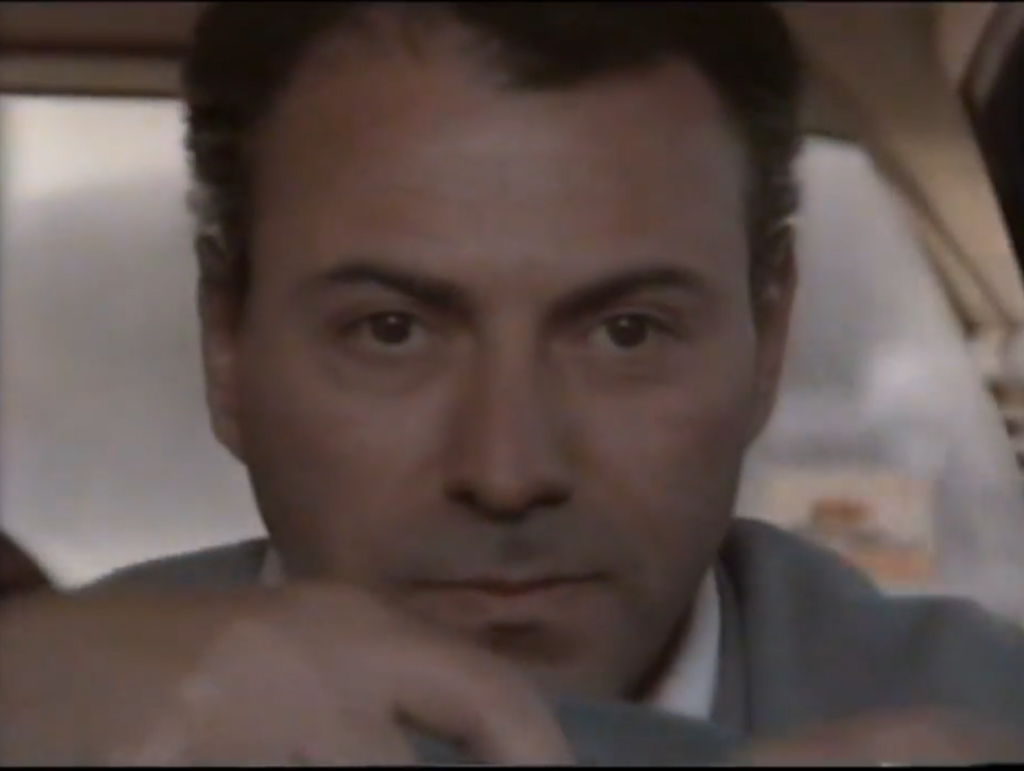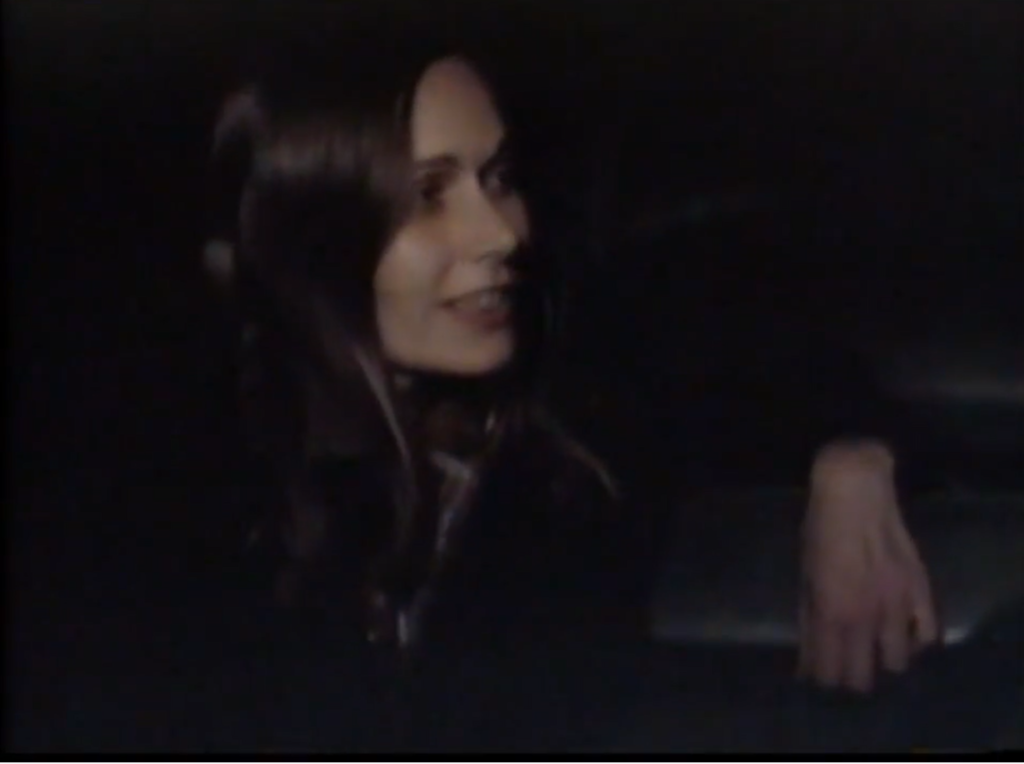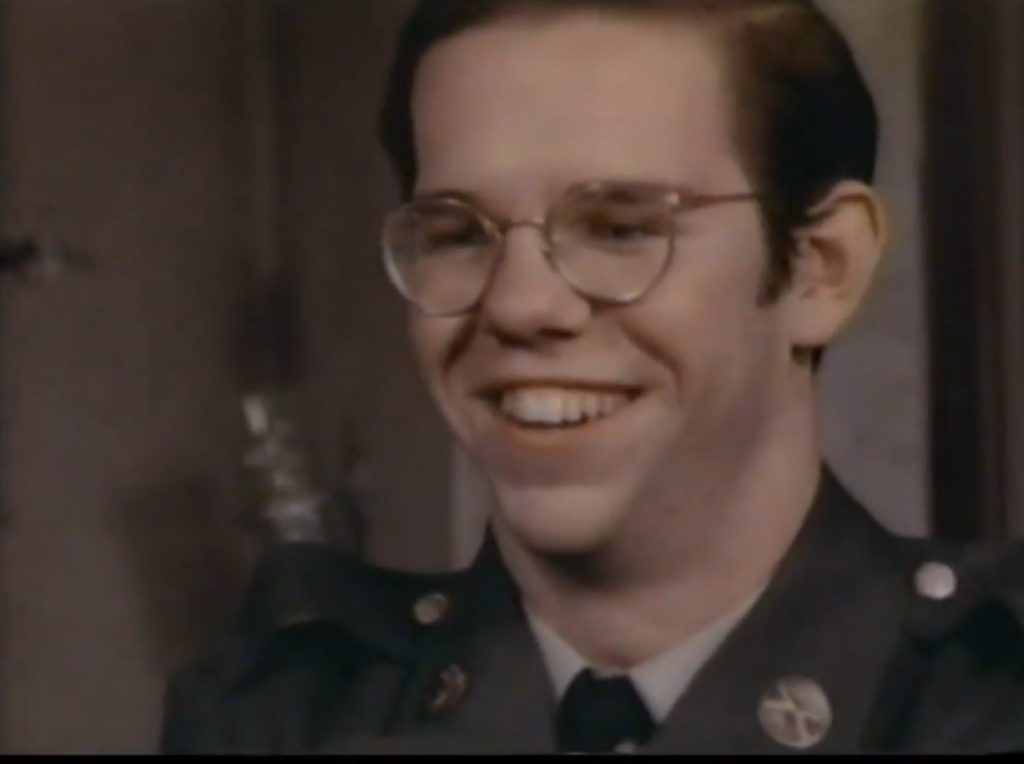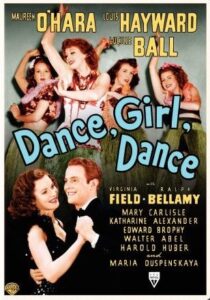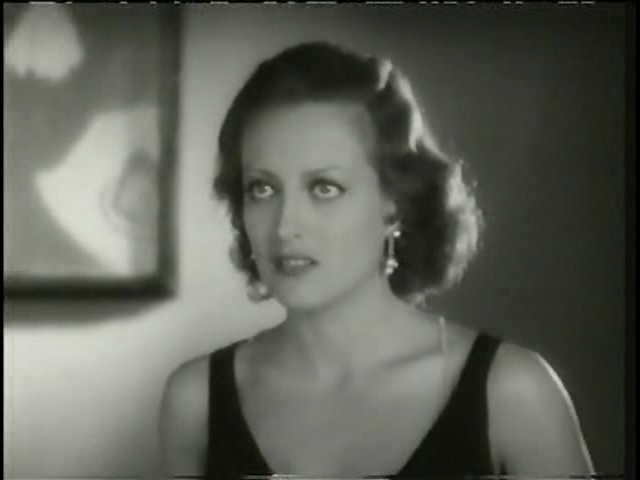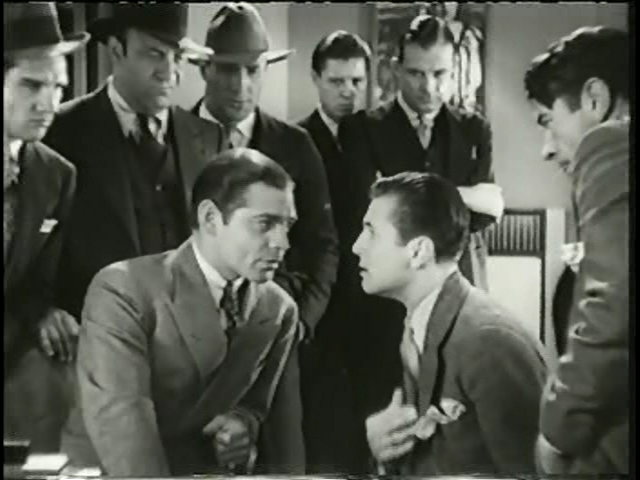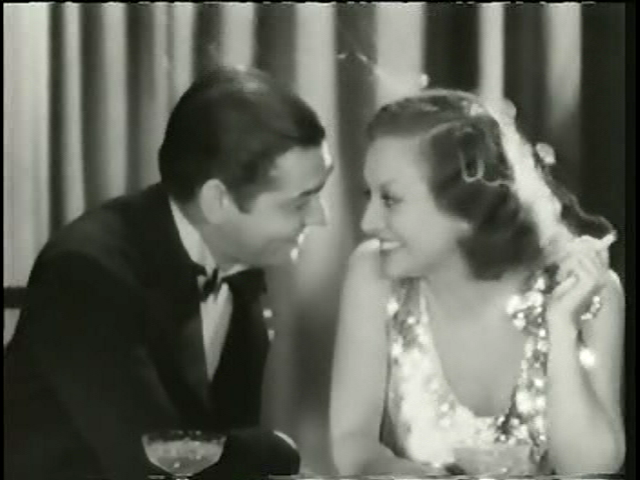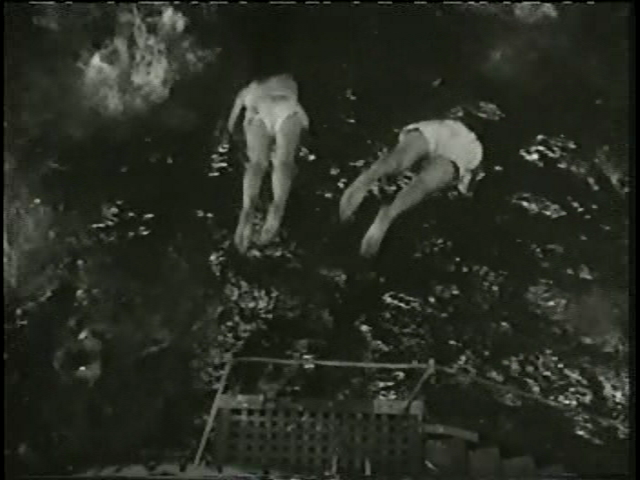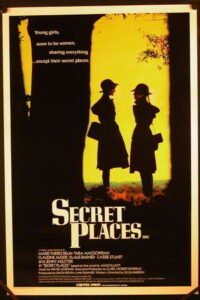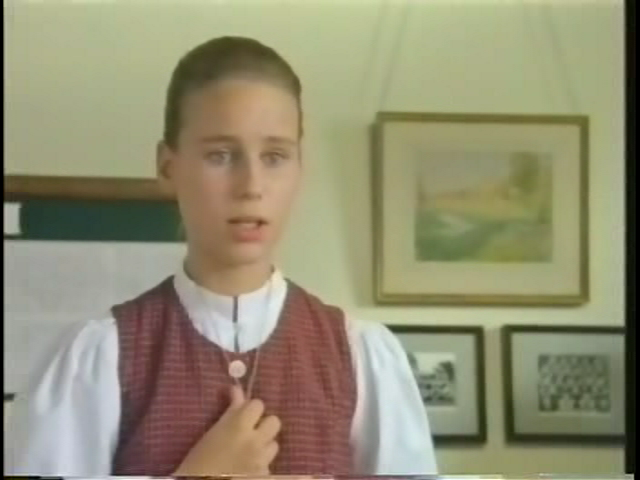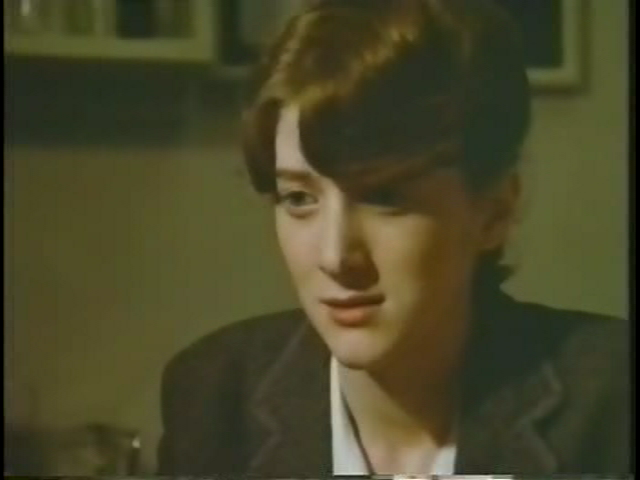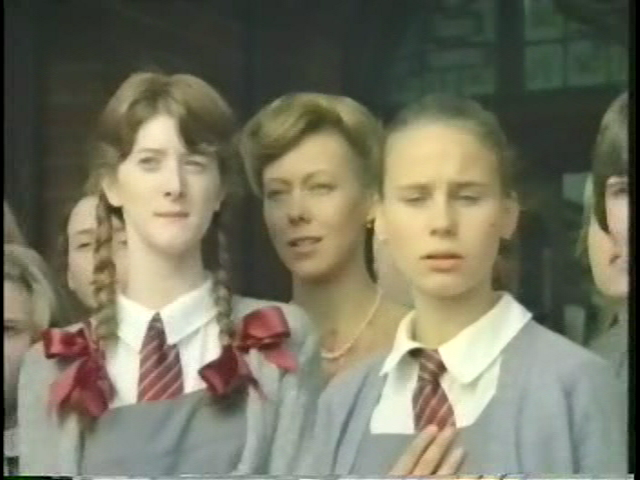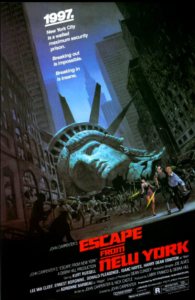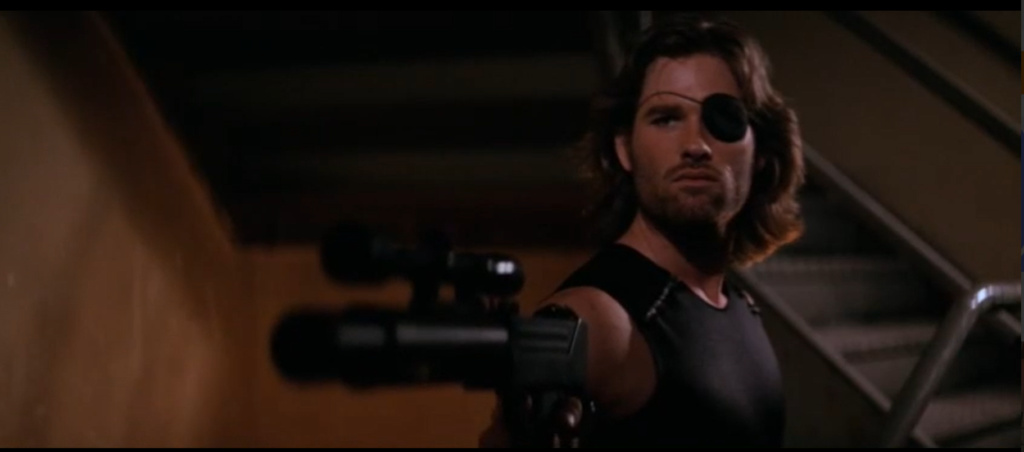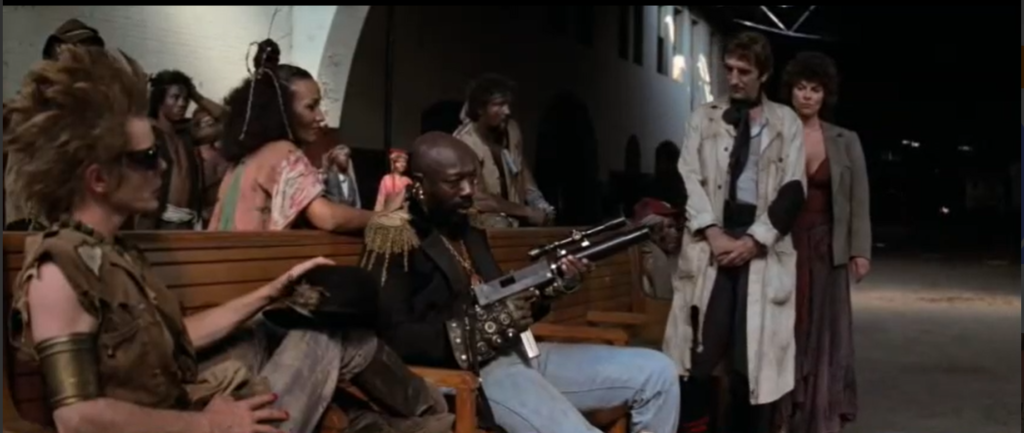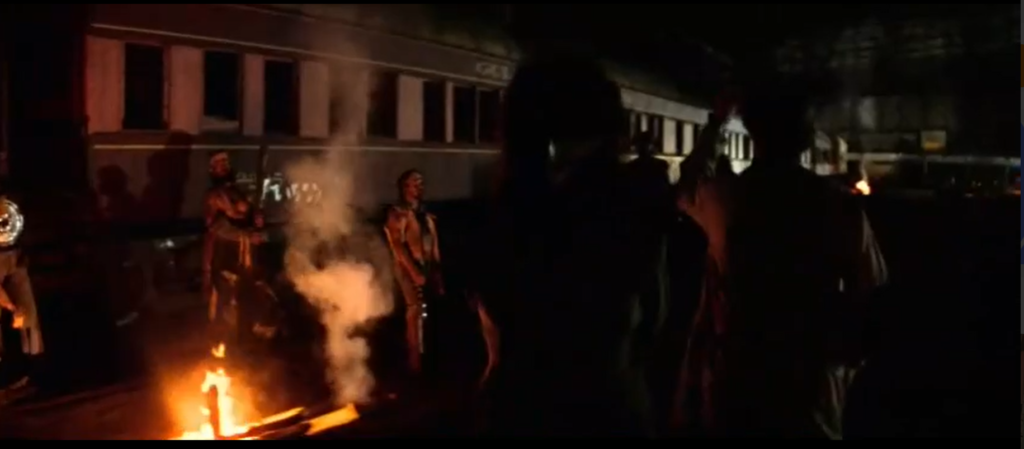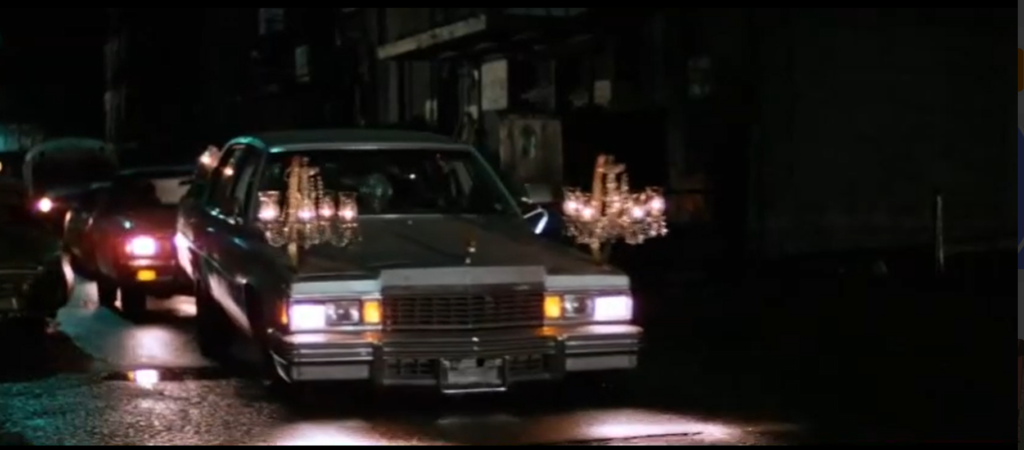|
Genres, Themes, Actors, and Directors:
- Barbara Hershey Films
- Coming-of-Age
- Frank Perry Films
- Friendship
- Love Triangle
- Teenagers
- Vacation
Review:
Before their separation in 1970, husband-and-wife team Frank and Eleanor Perry collaborated on a handful of compelling, hard-hitting films, including David and Lisa (1962), 1963’s Ladybug, Ladybug (not a Peary title, but worth seeking out), The Swimmer (1968), and Diary of a Mad Housewife (1970). This film — another literary adaptation, from a novel by Evan Hunter (author of Blackboard Jungle) — ties neatly into their recurring concern with misfits and group dynamics, providing an unabashed critique of a world where sensitive individuals must learn to survive and thrive while confronting the darker, harsher forces of life.
Last Summer features fine, natural performances by all four of the teenage leads: Hershey (impossibly young) is perfectly cast as a sexy, intelligent, potentially disturbed young woman who is 100% confident in the sway she holds over her horny adolescent male friends; Thomas and Davison — one sensitive, the other brash and cocky — are well balanced against each other, and are entirely believable as buddies; and Burns — whose performance garnered her an Academy Award for best supporting actress, yet whose film career never really took off after this — is both brave and vulnerable in a complex role.
At first, Last Summer appears primarily concerned with the bantering dynamics between Hershey, Thomas, and Davison; one fully expects the souring of their sex-tinged love triangle (who will “win” Hershey’s affections?) to dominate the script, but it doesn’t — instead, a new character (Burns) conveniently emerges on the scene, providing a catalyst for change. Eleanor’s screenplay does an excellent job depicting both the normal anxieties of adolescence — a preoccupation with sexuality; a burning desire to fit in; a need to fill long summer hours with fun and excitement, including experimentation with drugs — and signs that this particular coming-of-age tale possesses more than a hint of pathology.
An opening subplot about a wounded seagull which Hershey and her friends nurse back to health parallels the second half of the film, in which Burns is the “fragile” outsider whose well-being rests on the graces of her fickle new friends. Other hints of dysfunctional power dynamics are given along the way as well, including the trio’s measured reaction to Burns’ story about her mother’s accidental death by drowning, and the way in which they treat a kind Puerto Rican (nicely played by Ernesto Gonzalez) who Hershey has located through a computer dating service. The film’s infamously shocking ending (don’t read too many comments on IMDb, or you’ll immediately encounter spoilers) takes a while to absorb, and — particularly in its R-rated edited version (the film originally received an X rating) — isn’t entirely clear. Nonetheless, it somehow serves as a fitting capstone to this undeniably disturbing and memorable tale, which is difficult to watch but remains a powerful viewing experience.
Redeeming Qualities and Moments:
- Barbara Hershey as Sandy

- Catherine Burns as Rhoda
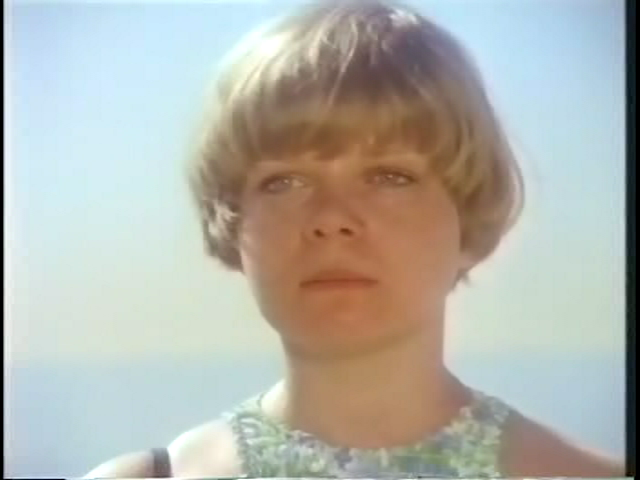
- Richard Thomas as Peter
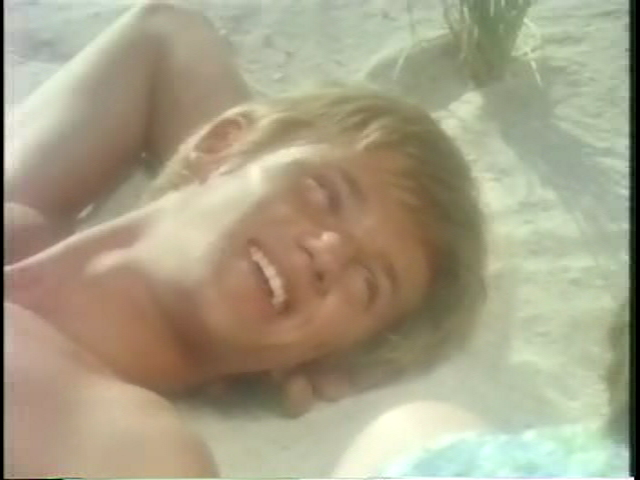
- Bruce Davison as Dan
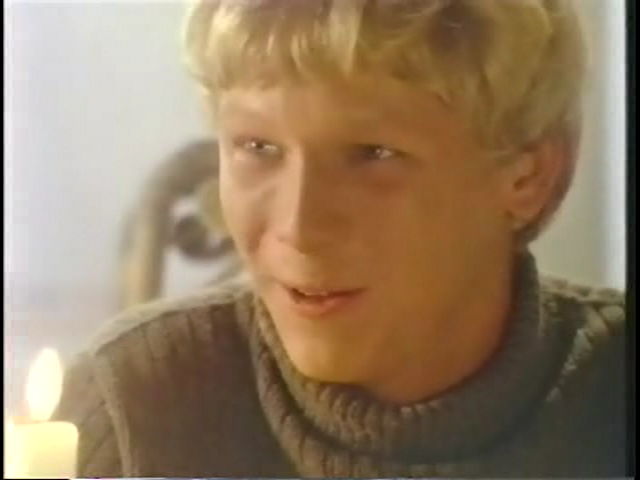
- Ernesto Gonzalez in a bit part as Anibal, Rhoda’s blind date
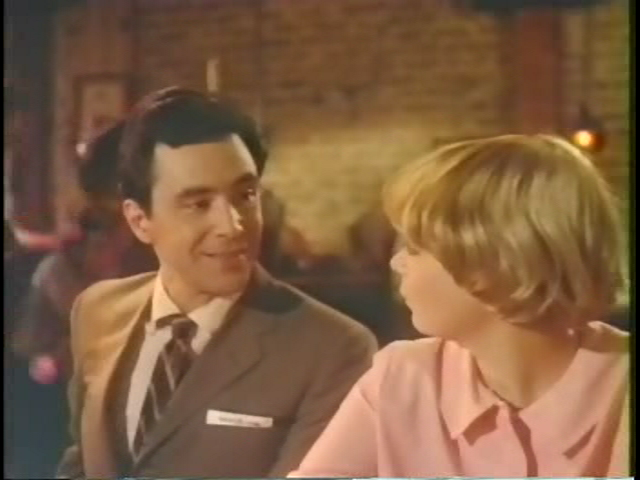
- Excellent use of Fire Island locales

- A remarkably effective — albeit deeply disturbing — tale of teenage friendship, sexuality, and power plays
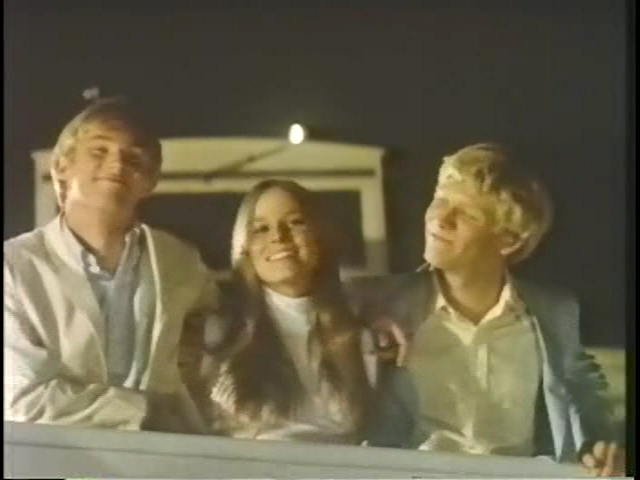
Must See?
Yes, for Burns’ Oscar-nominated performance (and the other performances as well).
Categories
Links:
|
